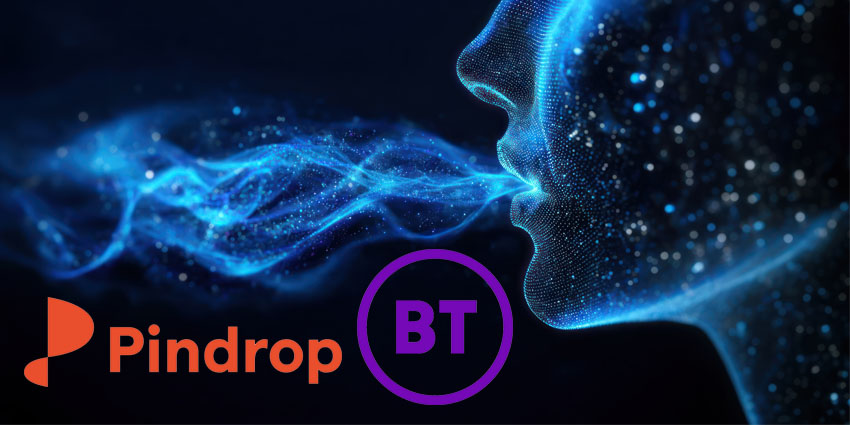Microsoft and Siemens Harness Generative AI for Industrial Enterprise
Microsoft and Siemens have collaborated in producing a Teams-integrated app powered by generative AI to boost productivity and innovation for industrial firms.
Teamcenter for Teams will launch later this year and will be a collaborative solution composed of Teams’ platform, Siemens’ software for product lifecycle management (PLM), and Azure OpenAI Service’s language models, as well as other Azure AI capabilities. The app aims to enhance factory automation and operations through AI-powered software development, quality inspection and problem reporting.
Scott Guthrie, Executive Vice President of Cloud and AI at Microsoft, said:
The integration of AI into technology platforms will profoundly change how we work and how every business operates. With Siemens, we are bringing the power of AI to more industrial organizations, enabling them to simplify workflows, overcome silos and collaborate in more inclusive ways to accelerate customer-centric innovation.
The partnership’s use cases include improved collaboration opportunities for staff, such as employees being able to close feedback loops quicker by noting and reporting design concerns in natural speech, which is then parsed into an automated report.
It also includes Azure AI-powered assistant’s capacity to augment the creation, optimization and debugging of code in factory automation software.
Cisco Introducing Air Gapping to Webex to Address Security Concerns
Cisco will introduce air gapping to its Webex platform in 2024 to answer national security concerns.
Cisco’s air-gapping solution will integrate a U.S.-based cloud environment isolated from public networks and operated by local staff with specific security clearances to access sensitive data. Air-gapping data means that if a cybersecurity incident occurred and an attacker gained access to a government network, they couldn’t access, modify or destroy data stored in the cloud.
Jeetu Patel, Cisco’s Executive Vice President and General Manager of Security and Collaboration, said the solution provides a further layer of security without compromising user experience. This enables public sector and government teams to collaborate over voice, chat and meeting securely while maintaining proper data compliance, whether in the office, in remote work environments, or on the go.
Cisco’s Webex air-gapping solution was prompted by the growing universality of hybrid working among government and public sector organizations, including U.S. National Security and Defence, inevitably raising data security and compliance concerns. In hybrid-working environments, government workers access sensitive data using home-based work or personal devices, which are less secure than office networks.
Pexip Adds Guest Join for Teams
Pexip has launched SIP Guest Join, a solution that enables users to join Teams meetings organized by anyone within and outside their organization and on any device.
Guest Join is certified by Microsoft with Cloud Video Interop (CVI) functionality, allowing users to integrate their video conferencing systems with Teams. However, the solution’s technology is developed specifically to allow conferencing systems to process and enable any meeting invitation. Consequently, users no longer need further join data to be admitted into any meetings, including those organized by contacts external to the business, and can join with one click.
Anders Løkke, Vice President of Product Marketing and Strategy at Pexip, said:
“SIP Guest Join enables anyone in an organization with CVI capabilities to join meetings from anyone inside or outside their organization. You are no longer limited to joining meetings that have the so-called CVI coordinates in them (additional join details). A standard Teams invite is all it takes. The technology you have will figure out and enable your video conferencing system to join that meeting. With one single press of a button.”
CVI became a widespread investment during the pandemic because traditional video conferencing systems were not natively compatible with Teams. CVI allowed businesses’ conferencing systems to integrate Teams so they could organize video meetings. However, CVI was initially designed to bring attendees into users’ Teams meetings rather than as a way for users to join other Teams meetings, including those organized by external contacts. This is the issue that Guest Join fixes.
AudioCodes Anticipating Sales Decline During Market Uncertainty
AudioCodes is braced for a fall in first-quarter revenues, with economic uncertainty a key factor.
AudioCodes’ first-quarter sales are expected to be between $58.5 million and $60 million, 10-12 percent lower than in 2022. These figures are also below February’s initial estimates intended to provide guidance for the full financial year.
Shabtai Adlersberg, President and CEO of AudioCodes, commented that these anticipated results were impacted by the general uncertainty across major global economies that influenced customer spending decisions, especially in the EMEA area. Adlersberg added that North American service providers tightening their budgets was a further factor behind their reduced sales.
AudioCodes had enjoyed previous year-on-year growth, including significant quarterly growth throughout 2022. AudioCodes’ Zoom and Microsoft collaboration offerings were the primary drivers of this, with 50 percent growth in Teams and Zoom. AudioCodes also introduced its entry-level Microsoft Teams-native conversational AI-first contact centre application in 2022 and plans to expand upon this product in 2023.







